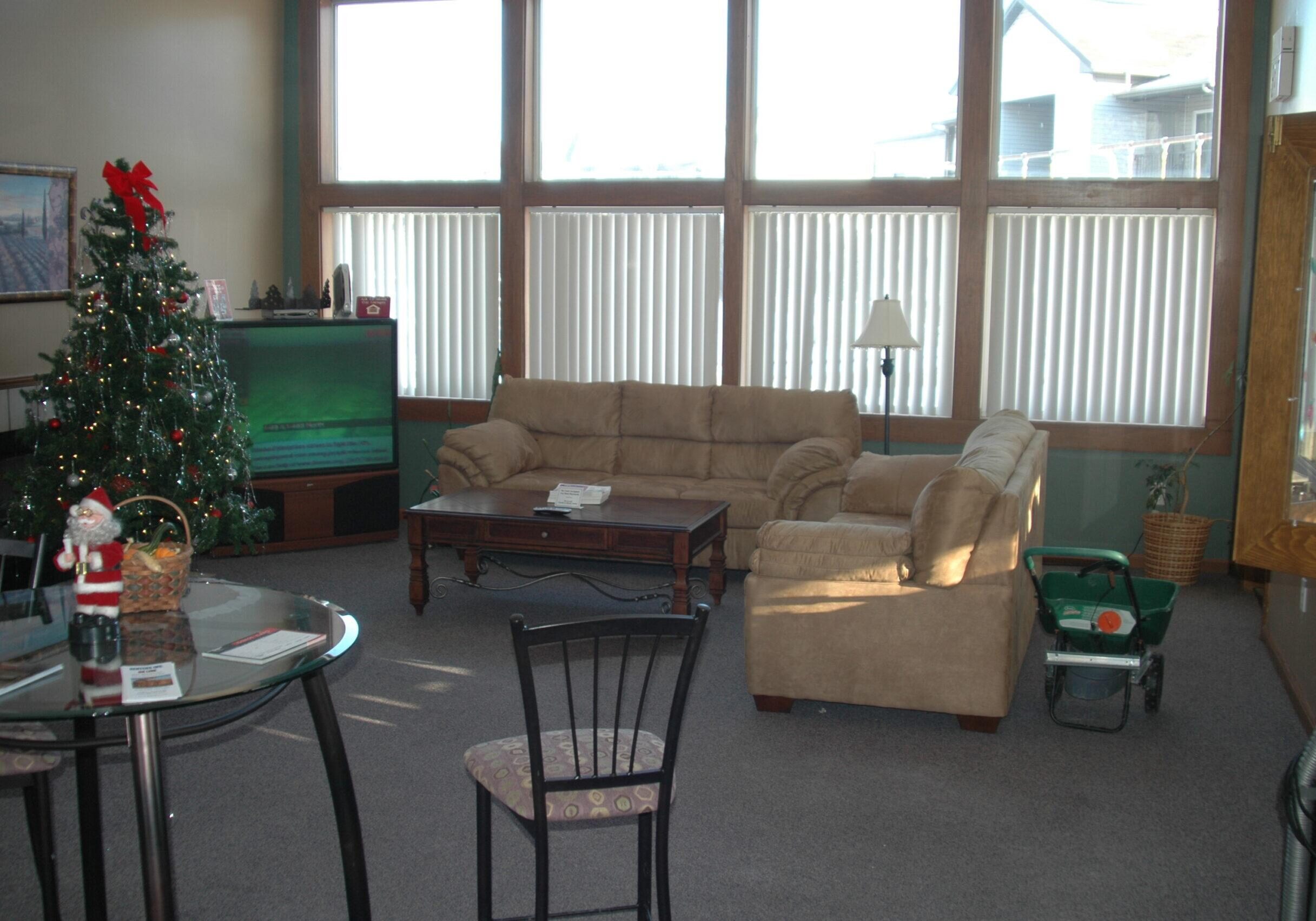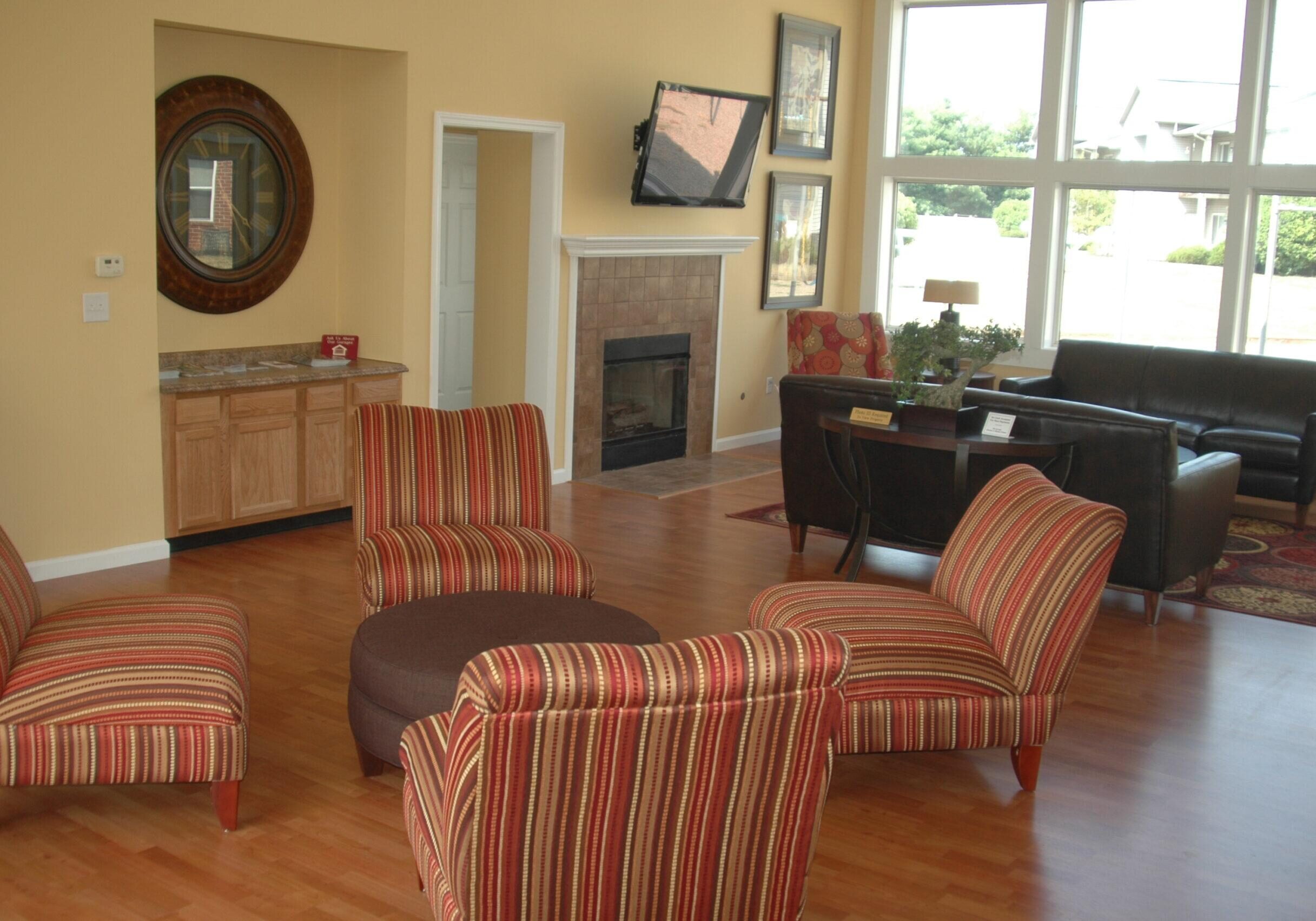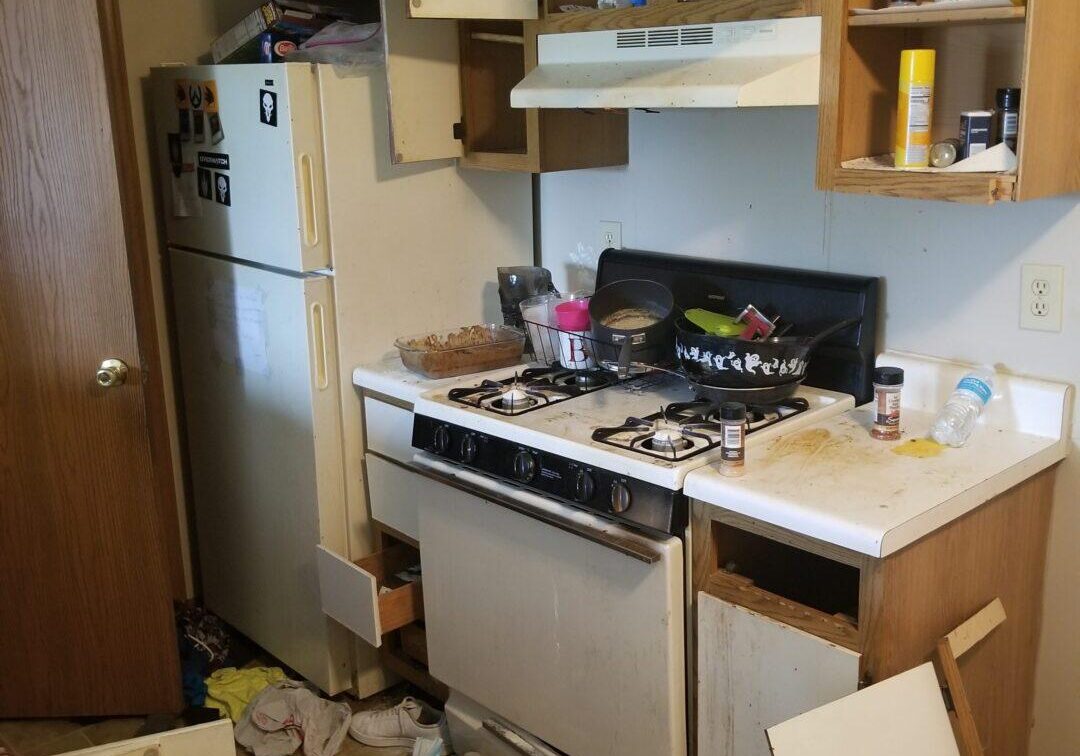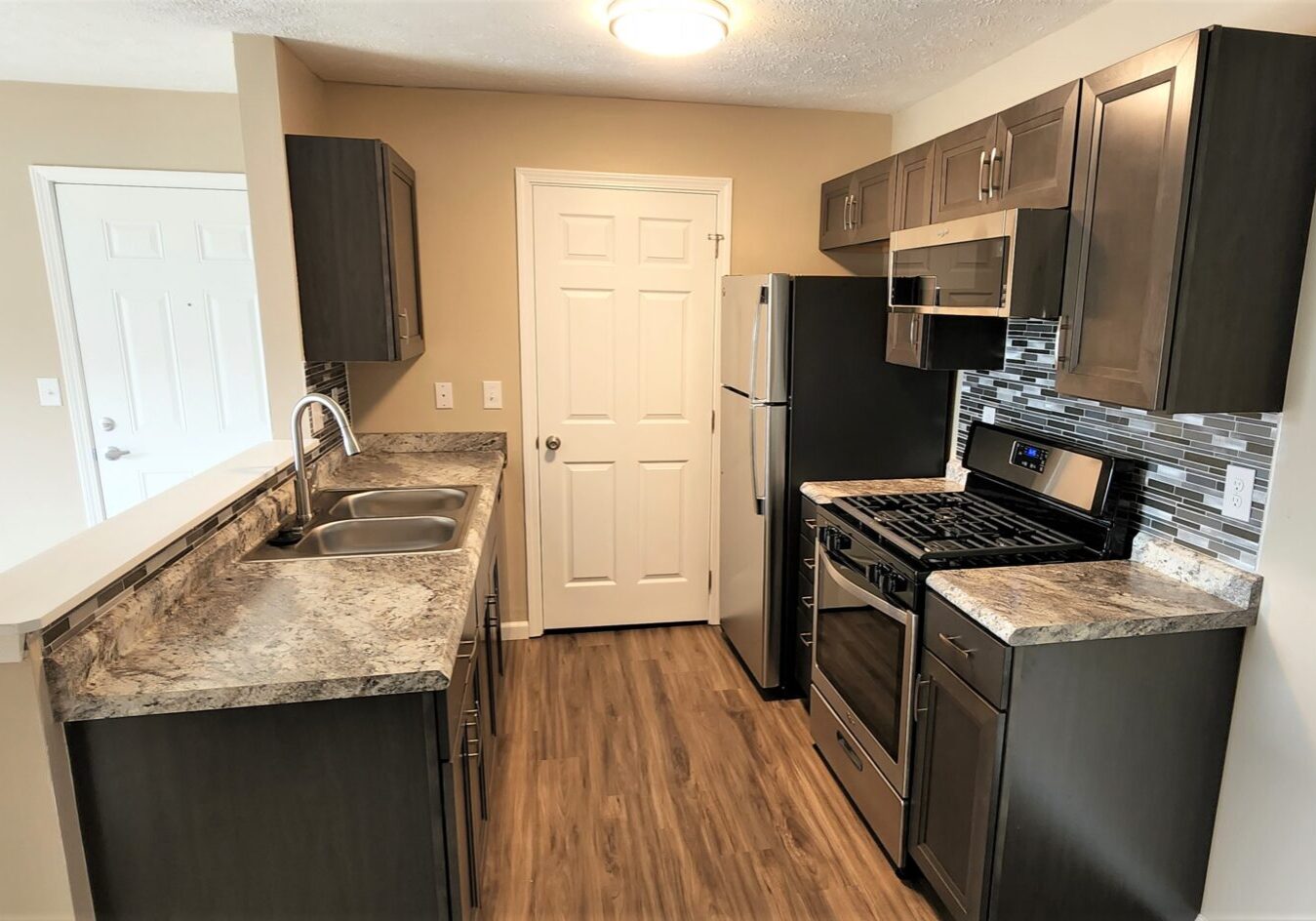The Global Financial Crisis: We Partner With a Veteran Investor
The Fox Pointe Story
Simple Per Annum Return (to date): 24.45%
NCREIF Benchmark Return: 9.4%
Equity Multiple: 3.4x
From closing through June 30, 2023, Fox Pointe has generated an annualized net return to investors of 24.45%* vs. the NCREIF benchmark return of 9.4% and the FTSE NAREIT Equity REIT Index benchmark of 9.01% during the same period.
The Opportunity
Fox Pointe is a 120-unit apartment property located in a very small but also very strong market in South Central Indiana. The owners of Fox Pointe were long term investors, but they were unable to refinance the property's mortgage at its 2010 maturity due to the global financial crisis. It's difficult over emphasize the complete lack of liquidity in the equity and debt markets during this time, but Fox Poitne is a great example. Even though the owners of Fox Pointe were the original developers with over 3,000 units owned and managed, they were not able to obtain debt from anyone. This caused them to fall into a maturity default.
Given the difficult credit environment and the forced sale, we were able to put the property under contract at a very attractive price with almost no competition. We liked the property because it was located in an MSA with exceptionally strong demographics. In addition, a unique opportunity was developing in multifamily housing due to the elimination of the subprime mortgage market, which would ultimately increase demand for rental housing.
The Problem
No matter how much we liked the MSA and its demographics, we had the same problem as the seller: the capital markets were frozen, and we did not know how we were going to finance the acquisition. In addition, the MSA was very small, and the local economy is heavily reliant on automobile manufacturing. Both GM and Chrysler were heading into bankruptcy, and the local market was not an especially good story.
No Agency DUS lender would even provide a soft quote. Numerous banks were experiencing severe liquidity issues of their own, and the leading locally-based bank was going into receivership. Accordingly, most banks were also out of the question.
Our strategy from the start was to de-risk the purchase by financing it with non-recourse, fully-amortizing debt under HUD's 223(f) loan program. In normal, healthy market conditions, closing a 223(f) loan can be a 9-12 month process, but this was not a normal market, and we did not have 9-12 months.
What We Did
We were introduced to an investor who saw the same opportunity developing in multifamily housing that we saw. She was COO (now CEO) of an NYSE-listed asset management firm with almost $2 trillion under management, and she had influence over a healthy bank that could provide debt financing. We reviewed the opportunity together and explained that we were looking for a bridge debt product that could allow us to close but also be prepaid at low cost within 9-12 months to accommodate the new HUD debt. Ultimately, she offered to (i) provide the debt through the bank, (ii) provide a personal guarantee to the bank and (iii) provide 60% of the equity personally. In return, we offered her control rights via Major Decisions, as well as a share of the general partnership profits.
Prior to closing, she was able to fully optimize the debt even futher in order to de-risk the acquisition as much as possible: the bank provided us with 10-year fixed rate, amortizing debt that was fully prepayable at any time without cost. In addition, the debt was priced on par with 10-year Agency debt. The 10-year term and Agency-equivalent pricing would protect us from any further economic shocks, including the possibility that HUD might stop lending under the 223(f) program. But unlike Agency debt, we could prepay at any time without any penalty whatsoever. We closed the acquisition on December 21st, 2010.
In September of 2011, we refinanced without issue into the new HUD 223(f) debt. In the first year of operations, we invested almost $1 million in interior and exterior upgrades and curing deferred maintenance.
Epilogue
Our original business plan was to use the 223(f) debt as permanent financing and hold long term for cash flow, but NOI continued to grow due to the upgrade program. Within six years of closing, we had far exceeded our NOI targets. Ultimately, we discovered that Columbus was an even stronger market than we thought. In 2016, this led us to refinance into brand new HUD 223(f) debt yet again, and the refinancing proceeds were sufficient to return a significant multiple of initial equity capital. In 2023, we refinanced again, producing yet another multiple of initial capital. Today, we still own the property, it's still cash flowing, and we did not need to execute a 1031 exchange with any of the refinancing proceeds because -- unlike income from sales proceeds -- income from refinancing proceeds is tax deferred.
Clubhouse Prior to Closing

Clubhouse After Remodel

Kitchen Prior to Remodel

Kitchen After Remodel

*Unaudited. Past performance is no guarantee.
